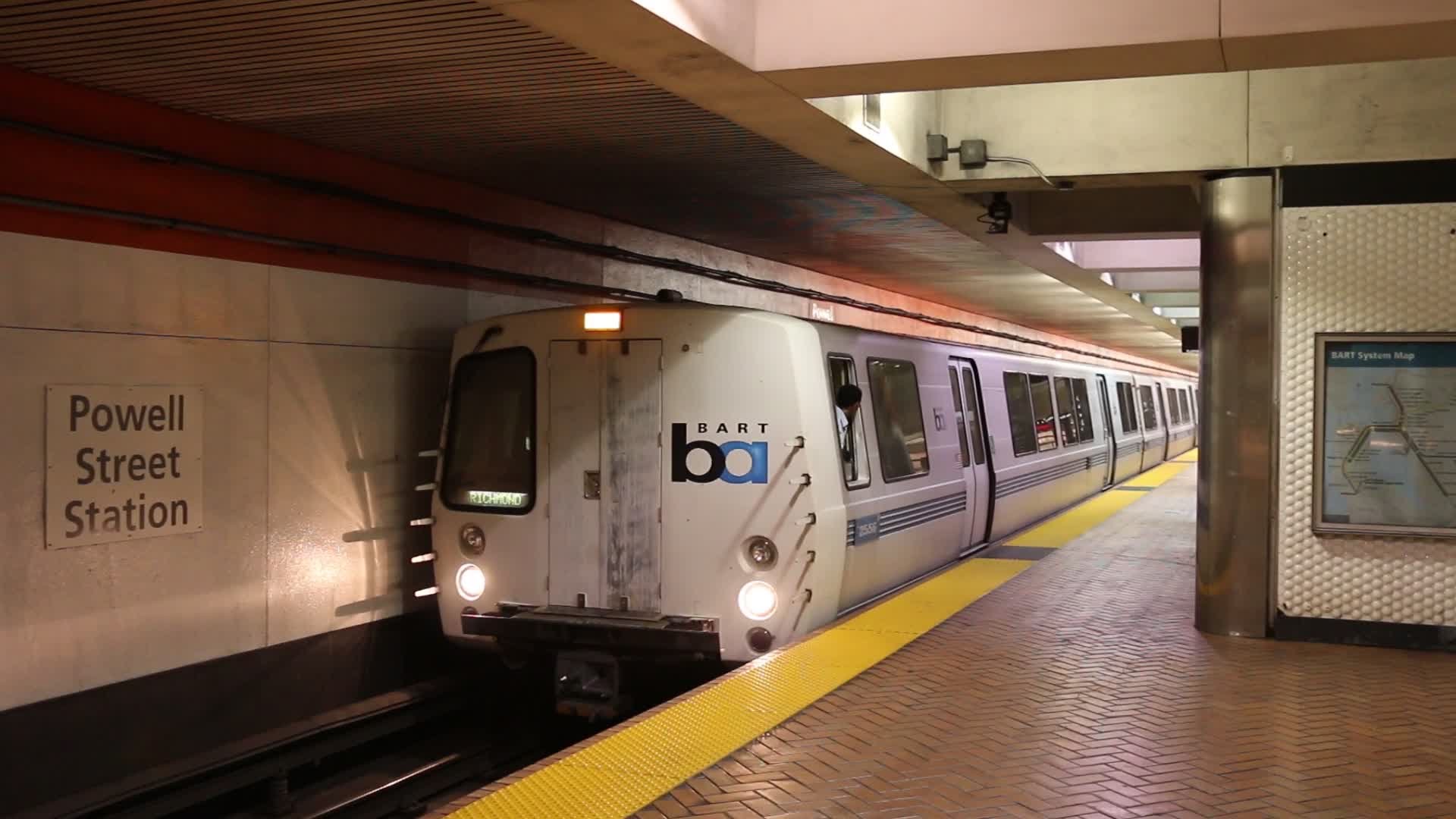Stadler has been awarded by the Metropolitan Atlanta Rapid Transit Authority (MARTA) for the delivery of 127 METRO trains with two options for each 25 additional trains. For Stadler, this is the first major Metro order in the US and the largest order of vehicle units in the history of the company.
The order value amounts to over 600 million US dollars. The new trains are destined for use at the world's largest airport, Hartsfield-Jackson Atlanta International Airport.
MARTA has announced in Atlanta that Stadler has prevailed against the international competition and has emerged as the winner for 127 METRO trains. In addition, there are two options for each 25 other two-piece trains. The value of the order is over $ 600 million, excluding options. For Stadler, this is the largest order ever placed for vehicle units.
The metropolis and media city of Atlanta - also home to Coca-Cola - operates one of the largest metro systems in the USA. With this order, MARTA now receives one of the most modern fleets. The contract stipulates that Stadler will deliver 127 two-piece units and that the first vehicles will be used in Atlanta from 2023 onwards.
The new MARTA vehicles are given the name CQ400 by the customer and expand Stadler's existing METRO product range. The highly energy-efficient vehicles of the MARTA fleet usually operate in multiple tractions with up to four vehicles at a speed of up to 113 km / h (70 mph). They are supplied via a third rail with 750 volts DC. Each train has 128 seats and a generous floor space. The continuously stepless trains are also easily accessible for persons with reduced mobility (PRM or ADA). The bright interior design with wide corridors and additional LED lighting above the doors makes traveling in the 45.7 meter (1800-inch) METRO trains comfortable for all passengers. In addition, the emphasis was placed on comfortable seats with charging stations and on Wi-Fi connection, which guarantees comfort even on longer trips. Generous luggage racks facilitate the journey to the largest and most used
Airport of the world, the Hartsfield-Jackson Atlanta International Airport.
"We are very pleased with this decision and are proud to support MARTA in the modernization of its fleet. For Stadler too, the first delivery of METRO trains to the USA represents another milestone in the company's history. We are particularly pleased that after ordering double-decker trains for Silicon Valley, our METRO trains are now also designed to connect to the world's largest airport, "says Martin Ritter, CEO of Stadler US.
Stadler is assembling the trains for Atlanta at the new plant in Salt Lake City. This is how Stadler fulfills the stipulation in the contract to provide at least 60 percent of the added value in the USA.
There are currently several METRO projects in production at Stadler across the Group. The METRO trains are used, among others, in Minsk, Barcelona, Berlin, Glasgow and Liverpool.
Press release Stadler
The order value amounts to over 600 million US dollars. The new trains are destined for use at the world's largest airport, Hartsfield-Jackson Atlanta International Airport.
MARTA has announced in Atlanta that Stadler has prevailed against the international competition and has emerged as the winner for 127 METRO trains. In addition, there are two options for each 25 other two-piece trains. The value of the order is over $ 600 million, excluding options. For Stadler, this is the largest order ever placed for vehicle units.
The metropolis and media city of Atlanta - also home to Coca-Cola - operates one of the largest metro systems in the USA. With this order, MARTA now receives one of the most modern fleets. The contract stipulates that Stadler will deliver 127 two-piece units and that the first vehicles will be used in Atlanta from 2023 onwards.
The new MARTA vehicles are given the name CQ400 by the customer and expand Stadler's existing METRO product range. The highly energy-efficient vehicles of the MARTA fleet usually operate in multiple tractions with up to four vehicles at a speed of up to 113 km / h (70 mph). They are supplied via a third rail with 750 volts DC. Each train has 128 seats and a generous floor space. The continuously stepless trains are also easily accessible for persons with reduced mobility (PRM or ADA). The bright interior design with wide corridors and additional LED lighting above the doors makes traveling in the 45.7 meter (1800-inch) METRO trains comfortable for all passengers. In addition, the emphasis was placed on comfortable seats with charging stations and on Wi-Fi connection, which guarantees comfort even on longer trips. Generous luggage racks facilitate the journey to the largest and most used
Airport of the world, the Hartsfield-Jackson Atlanta International Airport.
"We are very pleased with this decision and are proud to support MARTA in the modernization of its fleet. For Stadler too, the first delivery of METRO trains to the USA represents another milestone in the company's history. We are particularly pleased that after ordering double-decker trains for Silicon Valley, our METRO trains are now also designed to connect to the world's largest airport, "says Martin Ritter, CEO of Stadler US.
Stadler is assembling the trains for Atlanta at the new plant in Salt Lake City. This is how Stadler fulfills the stipulation in the contract to provide at least 60 percent of the added value in the USA.
There are currently several METRO projects in production at Stadler across the Group. The METRO trains are used, among others, in Minsk, Barcelona, Berlin, Glasgow and Liverpool.
Press release Stadler




























































